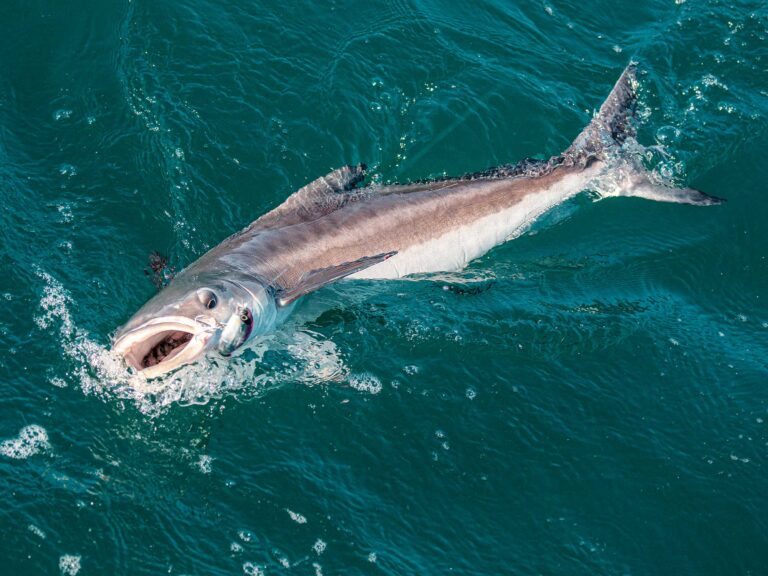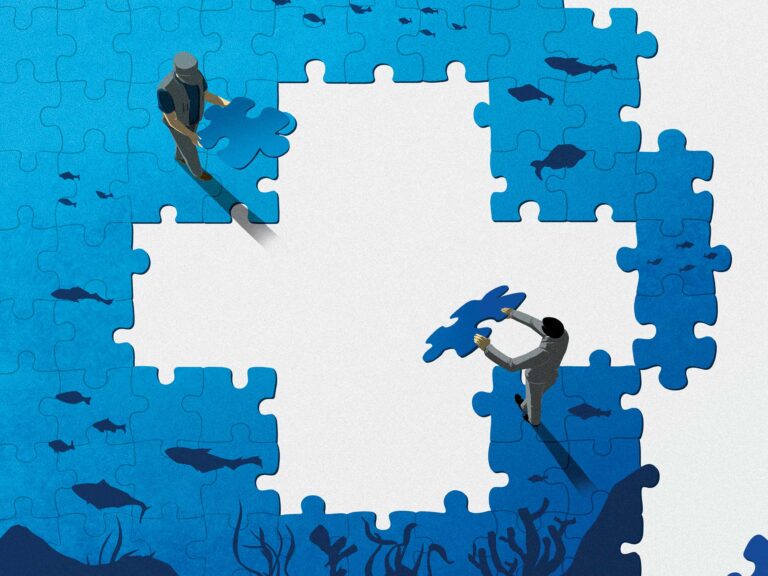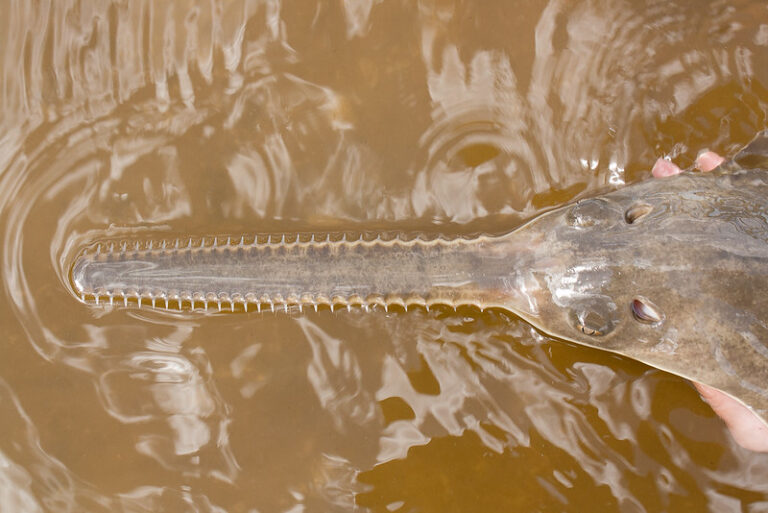Members of the South Atlantic Fishery Management Council met in a special one-day session to review and approve measures to set Annual Catch Limits (in pounds or numbers of fish) for several popular species, including dolphin (mahi mahi), wahoo, cobia, king and Spanish mackerel, and species in the Snapper Grouper management complex. Allocations between commercial and recreational fishermen were also addressed. Under the amended Magnuson-Stevens Fishery Conservation and Management Act, catch limits must be implemented by the end of 2011 that will prevent overfishing from occurring. The limits are based on recommendations by the Council’s Scientific and Statistical Committee. Accountability Measures (AMs), such as specification of catch targets, in-season regulation changes, post-season regulations that may include “payback” of overages from the previous year if the stock is overfished, and other management measures may be implemented if Annual Catch Limits (ACLs) are exceeded.
The Council approved the Comprehensive Annual Catch Limit Amendment in a split vote of eight to five for submission to the Secretary of Commerce during its meeting. The amendment would set ACLs for species in the Snapper Grouper management complex not undergoing overfishing, including scamp grouper, yellowtail snapper, mutton snapper and greater amberjack, and establish allocations between commercial and recreational fishermen. Allocations are based on previous landings over a period of years. After reviewing public comment, the Council modified the amendment to include management of several species initially slated for removal from the management complex and established additional “groupings” where species with similar characteristics would be grouped and an aggregate ACL applied.
The amendment also sets ACLs, AMs and allocations for dolphin (mahi mahi) and wahoo. The ACL for dolphin would be set at 14,596,216 pounds (whole weight) with an allocation of 7.3% commercial and 92.7% recreational. An ACL of 1,481,785 pounds (whole weight) would be set for wahoo, with a 4.3% commercial allocation and a 95.7% recreational allocation. If the ACL is exceeded, the following year’s landings would be monitored in-season to see if there is a continued increase in landings. If so, NOAA Fisheries would publish a notice to reduce the length of the fishing season as necessary to ensure the ACL is not exceeded.
In addition, the sale of bag limit caught dolphin would be prohibited, including dolphin caught by for-hire (charter) fishermen. The bag limit sale of wahoo is currently prohibited. The amendment would also extend the current minimum size limit of 20 inches (fork length) for dolphin off the east coast of Florida and Georgia northward to include South Carolina. No changes are proposed to bag limits or size limits currently in place for dolphin or wahoo.
The amendment also establishes a new recreational allocation of 5% for wreckfish, a deepwater species historically harvested by commercial fishermen under an Individual Transferable Quota (ITQ) system. The ACL for wreckfish was reduced from the previous Total Allowable Catch of 2 million pounds to an ACL of 250,000 pounds (whole weight).
ACLs and AMs for king mackerel, Spanish mackerel and cobia are addressed in a separate amendment to the Coastal Migratory Pelagics Fishery Management Plan. Amendment 18, developed jointly by the South Atlantic and Gulf of Mexico fishery management councils and approved for Secretarial review at the meeting, would establish an ACL for Atlantic Migratory Group king mackerel of 10.46 million pounds, a slight increase from the current allowable catch of 10 million pounds. The amendment sets an allocation 62.9% recreational and 37.1% commercial. For Spanish mackerel, the ACL of 5.69 million pounds represents a decrease from the current allowance of 7.04 million pounds. For cobia, the amendment establishes a separate migratory group between the Gulf of Mexico and South Atlantic defined by the jurisdictional boundary between the two councils near the Florida Keys, and sets a new allocation at 92% recreational and 8% commercial. The ACL for cobia would be set at 1,571,399 pounds. The amendment would not change the current recreational bag or size limits in place for king mackerel, Spanish mackerel or cobia.
**
Deepwater Closure **
The Council also approved Regulatory Amendment 11 to the Snapper Grouper Fishery Management Plan for Secretarial review to eliminate a current restriction on possession or harvest of some deepwater snapper grouper species in waters greater than 240 feet in depth. The regulation was implemented in January 2011 to help protect speckled hind and warsaw grouper. The Council approved the amendment after considering public testimony on the economic impacts of the restriction along with new data indicating the closure may not effectively minimize bycatch. The Council will continue to explore options to help protect specked hind and warsaw grouper when it meets again in September.
Each amendment approved by the Council must be reviewed by the Secretary of Commerce before measures are implemented. It is the Council’s intent to have these measures in place by the end of 2011.
The next meeting of the South Atlantic Fishery Management Council is scheduled for September 12-16, 2011 in Charleston, SC. Details, including the meeting agenda and briefing book materials will be posted as they become available at www.safmc.net .









